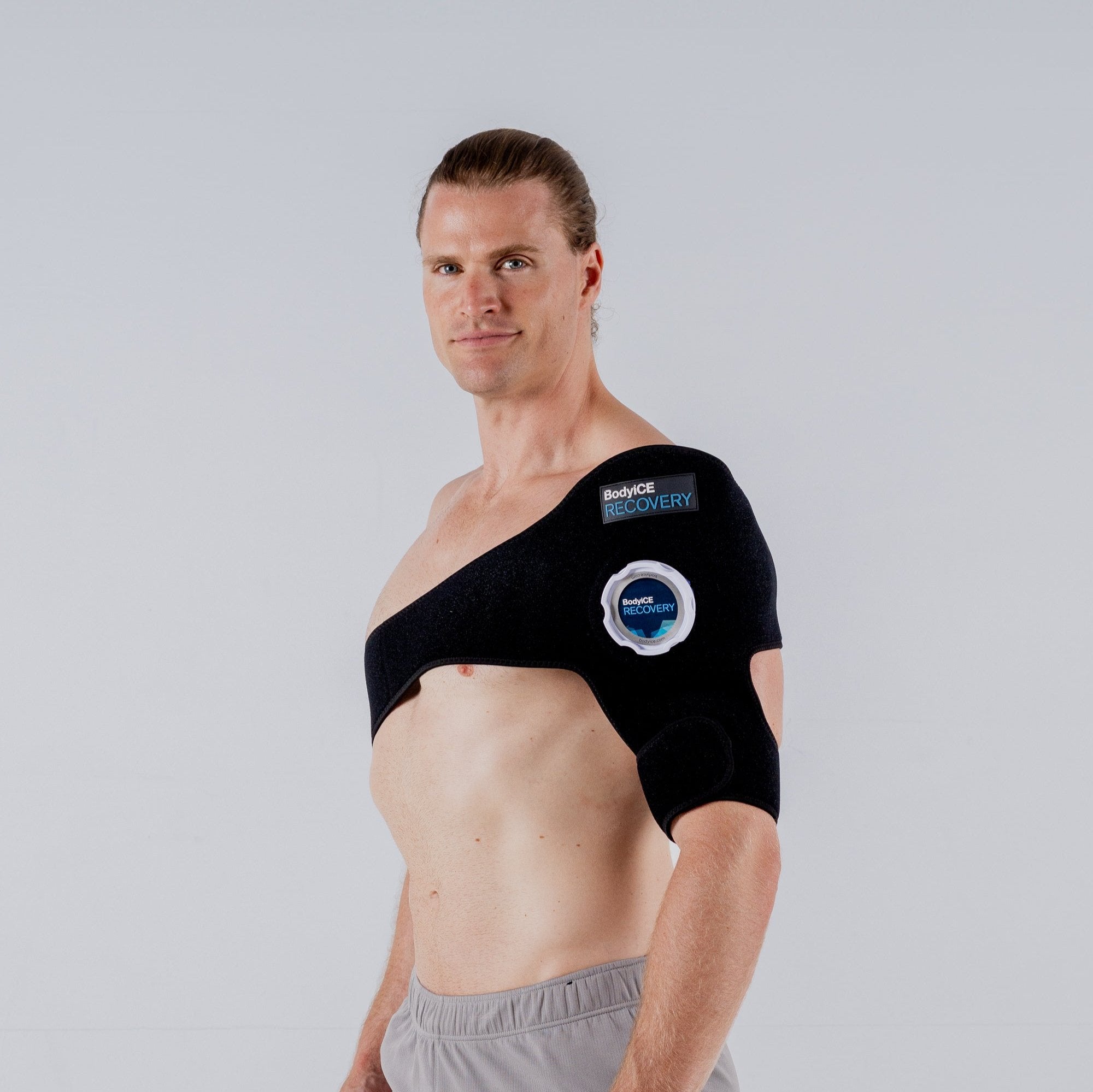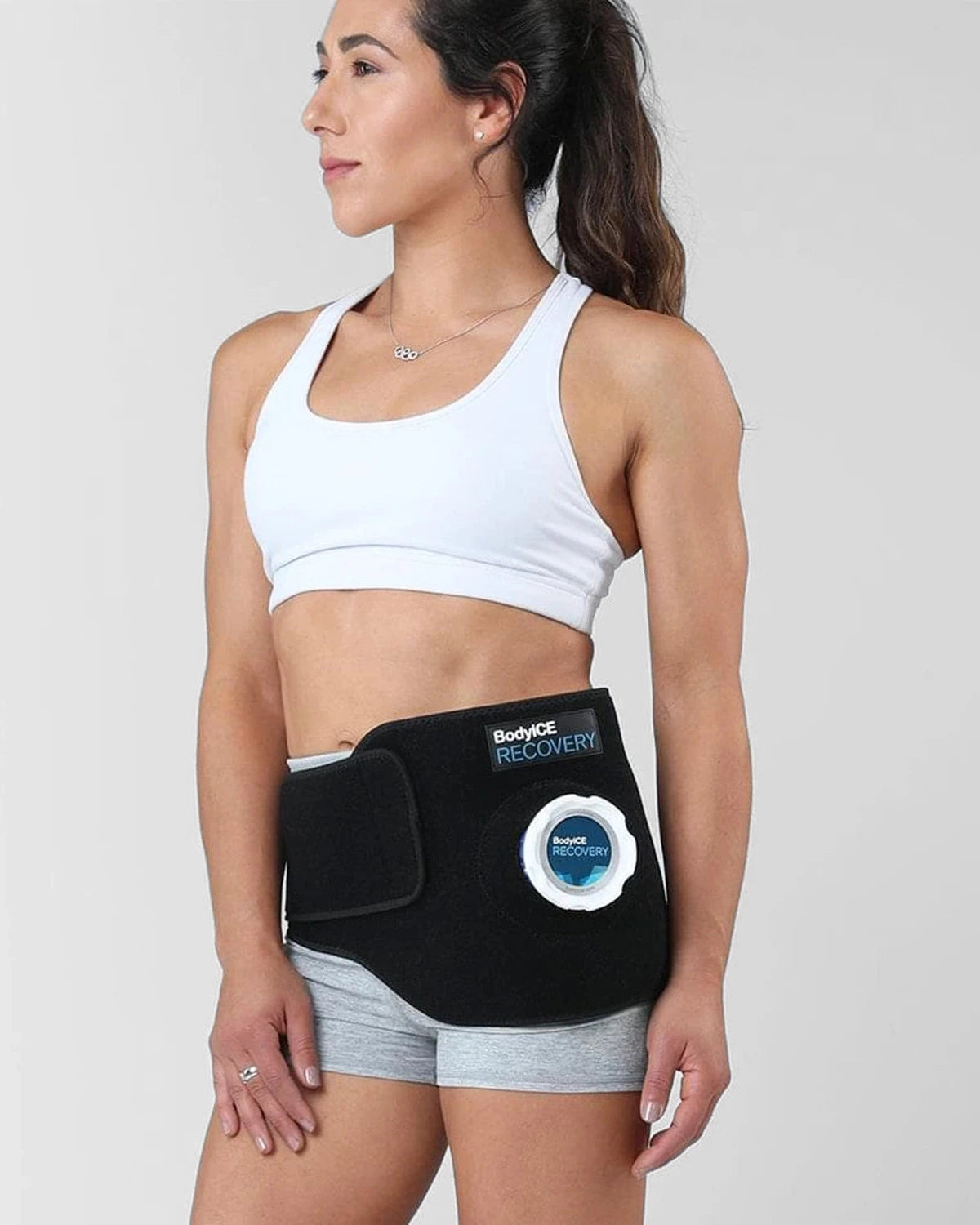Learn about the muscles that make up the hip flexors, how they can become injured and treatment and exercises to release tight hip flexors and psoas.
WHAT ARE HIP FLEXORS?
The hip flexors are a group of muscles that are located on the front top part of the thigh in the pelvic area.
They are responsible for extension and flexion of the hips and bending the knees to the hips, and they also stabilise the posterior pelvic muscles. We use our hip flexors every time we take a step.
The hip flexors are made up of:
- The main hip flexor is the iliopsoas (pronounced illy-o-so-as), which is made up of two parts – the psoas muscle that starts at the lumbar spine, and the iliacus that starts from the inside of the pelvis.
- The rectus femoris, which is a part of the quadriceps. The quadriceps run down from the hip joint to the knee joint.













Leave a comment
All comments are moderated before being published.
This site is protected by hCaptcha and the hCaptcha Privacy Policy and Terms of Service apply.